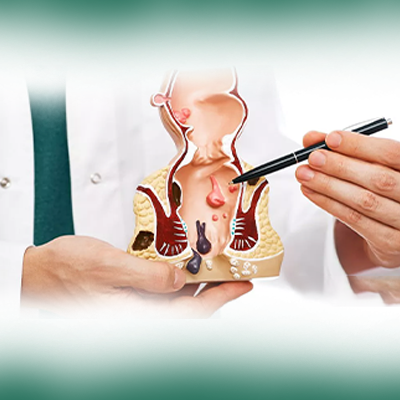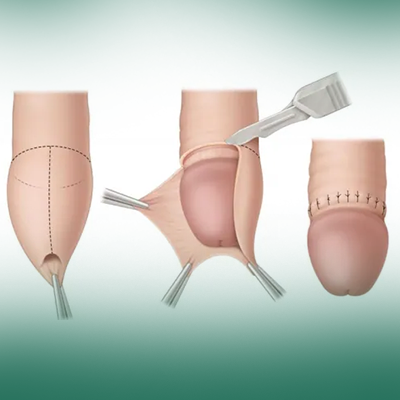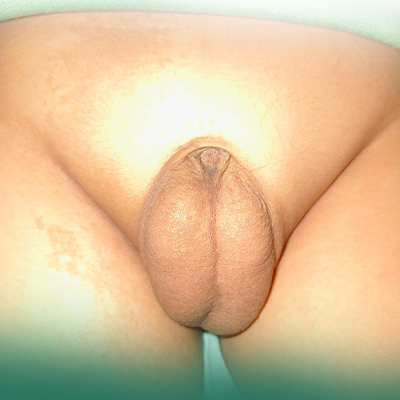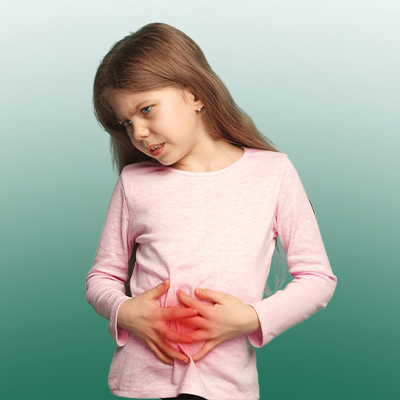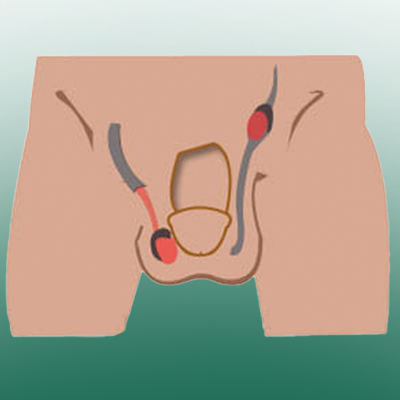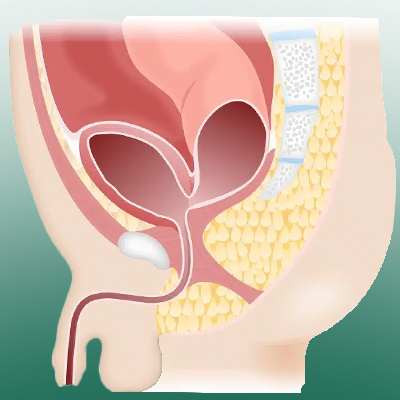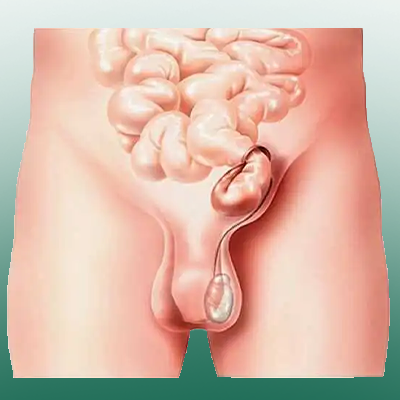An anal fistula is an abnormally narrow channel that forms between the anus and surrounding organs, such as the anal canal or vagina.
Example: Imagine you have an abscess in your anal area. After the abscess is treated, a small tunnel may remain between the anus and the internal tissues. This tunnel is called an anal fistula.
Types of anal fistulas:
Pilonidal fistula: This is the most common type of anal fistula. It originates from a capillary sac in the lumbar region.
Rectal anal fistula: Arises from the anal canal.
Vaginal-anal fistula: Arises from the vagina.
Causes of anal fistula:
Anal abscess: This is an infection of the glands around the anus.
Inflammatory bowel diseases: Such as Crohn’s disease or ulcerative colitis.
Injuries: Such as birth injuries or surgical injuries.
Symptoms of anal fistula:
Pain: You may feel pain in the anal area or lower back.
A small opening at the top of the anus
Discharge: Pusy discharge may come from a small opening in the anal area.
Itching: Your anal area may feel itchy.
Bleeding: You may see blood on your stool or toilet paper.
Example: You may feel pain in your anal area that feels like a needle prick, especially when you sit or have a bowel movement. You may also notice a pusy discharge from a small opening in the anal area.
Anal fistula treatment:
Treatment for anal fistula depends on its type, location, and size. Treatment options include
Antibiotics: To treat the infection.
Analgesics: To relieve pain.
Warm baths: To relieve pain and inflammation.
Surgery: Is the most common treatment for anal fistula.
Tips for dealing with anal fistula:
Keep your anal area clean.
Eat food rich in fiber.
Drink plenty of water.
Avoid sitting for long periods of time.
Consult a doctor if you notice any changes


